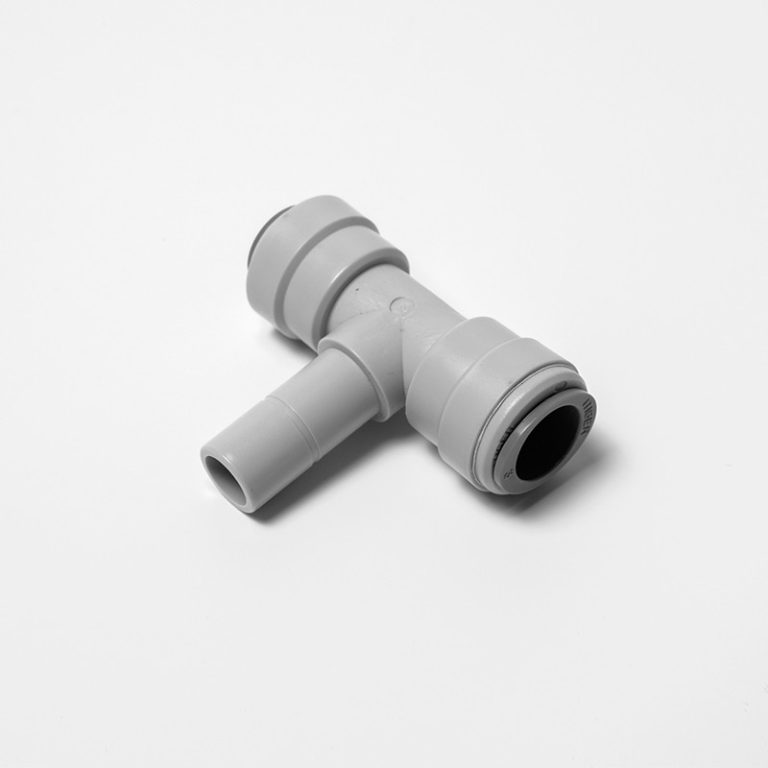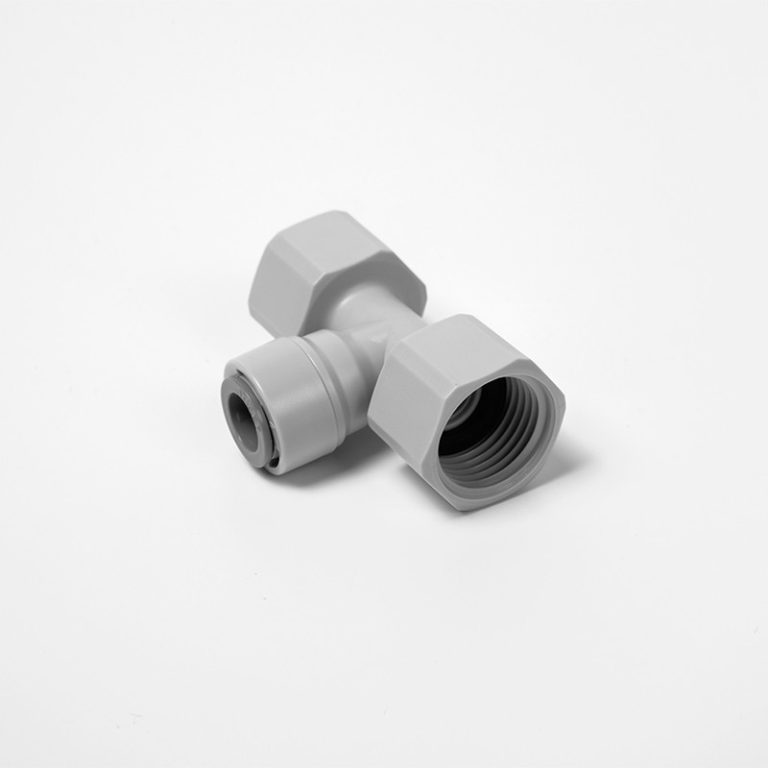“Free chlorine and total chlorine should be the same for optimal water quality.”
Table of Contents
The Importance of Understanding the Difference Between Free Chlorine and Total Chlorine
Chlorine is a commonly used chemical in water treatment processes to ensure that water is safe for consumption. However, when discussing chlorine levels in water, it is important to understand the difference between free chlorine and total chlorine. While these two terms may sound similar, they actually refer to different aspects of chlorine in water and play distinct roles in water treatment.
Free chlorine is the form of chlorine that is readily available to disinfect water. It is the chlorine that is actively killing bacteria, viruses, and other harmful microorganisms in the water. Free chlorine is typically measured in parts per million (ppm) and is an important indicator of the effectiveness of the disinfection process. Maintaining an appropriate level of free chlorine in water is crucial to ensure that the water is safe for consumption.
On the other hand, total chlorine includes both free chlorine and combined chlorine. Combined chlorine is the chlorine that has already reacted with organic matter in the water. This form of chlorine is no longer available for disinfection purposes and is considered to be less effective in killing harmful microorganisms. While total chlorine levels are important to monitor, it is the free chlorine levels that are most critical for ensuring the safety of the water.
In some cases, the levels of free chlorine and total chlorine may be the same, indicating that all of the chlorine in the water is in the free form and available for disinfection. However, it is more common for there to be a difference between the two levels, with free chlorine being lower than total chlorine. This discrepancy can be attributed to the presence of combined chlorine in the water, which reduces the amount of free chlorine available for disinfection.
Monitoring both free chlorine and total chlorine levels is essential for water treatment facilities to ensure that water is safe for consumption. By measuring these levels regularly, water treatment operators can adjust the chlorine dosage to maintain an appropriate balance between free chlorine and total chlorine. This helps to ensure that the water is effectively disinfected while minimizing the formation of harmful disinfection byproducts.
In addition to monitoring chlorine levels, it is also important to consider other factors that can affect the effectiveness of chlorine disinfection. Factors such as pH, temperature, and contact time can all impact the ability of chlorine to kill harmful microorganisms in water. By understanding how these factors interact with chlorine, water treatment operators can optimize the disinfection process and ensure that water is safe for consumption.
In conclusion, while free chlorine and total chlorine are related, they serve different purposes in water treatment. Free chlorine is the active form of chlorine that is responsible for disinfecting water, while total chlorine includes both free chlorine and combined chlorine. Monitoring both free chlorine and total chlorine levels is essential for ensuring the safety of water for consumption. By understanding the difference between free chlorine and total chlorine, water treatment operators can effectively disinfect water and provide safe drinking water to the public.
How to Properly Maintain and Monitor Free Chlorine and Total Chlorine Levels in a Pool or Spa
Chlorine is a crucial component in maintaining the cleanliness and safety of pools and spas. It effectively kills bacteria and other harmful microorganisms that can thrive in water. When it comes to monitoring chlorine levels in a pool or spa, two key measurements are often used: free chlorine and total chlorine. While these two measurements are related, they are not the same, and understanding the difference between them is essential for properly maintaining water quality.
Free chlorine refers to the amount of chlorine available in the water to disinfect and sanitize. It is the chlorine that is actively working to kill bacteria and other contaminants. Total chlorine, on the other hand, includes both free chlorine and combined chlorine. Combined chlorine is chlorine that has already reacted with contaminants in the water and is no longer effective at sanitizing. In other words, total chlorine is the sum of both the chlorine that is actively sanitizing the water (free chlorine) and the chlorine that has already been used up (combined chlorine).
Ideally, free chlorine levels should be maintained within a specific range to ensure that the water is safe for swimmers. The recommended free chlorine level for pools is typically between 1.0 and 3.0 parts per million (ppm), while for spas, it is usually between 3.0 and 5.0 ppm. Keeping free chlorine within these ranges helps to ensure that the water is effectively sanitized and safe for use.
Monitoring free chlorine levels is relatively straightforward and can be done using a test kit or test strips. These tools allow pool and spa owners to quickly and easily measure the amount of free chlorine in the water. Regular testing is essential to ensure that chlorine levels are within the recommended range and that the water is safe for swimmers.
While free chlorine is the most important measurement when it comes to water sanitation, total chlorine should also be monitored. High levels of total chlorine can indicate the presence of contaminants in the water that are consuming chlorine and reducing its effectiveness. If total chlorine levels are consistently higher than free chlorine levels, it may be a sign that the water is not being properly sanitized.

To maintain proper chlorine levels in a pool or spa, it is essential to regularly shock the water. Shocking involves adding a large dose of chlorine to the water to kill off any bacteria or contaminants that may be present. This helps to ensure that the water remains clean and safe for swimmers. In addition to shocking, regular maintenance tasks such as cleaning filters, skimming debris, and adjusting pH levels can also help to keep chlorine levels in check.
In conclusion, while free chlorine and total chlorine are related measurements, they are not the same. Free chlorine is the chlorine actively working to sanitize the water, while total chlorine includes both free chlorine and combined chlorine. Monitoring both free chlorine and total chlorine levels is essential for maintaining water quality and ensuring that pools and spas are safe for use. By regularly testing chlorine levels, shocking the water when necessary, and performing routine maintenance tasks, pool and spa owners can keep their water clean and safe for swimmers.






